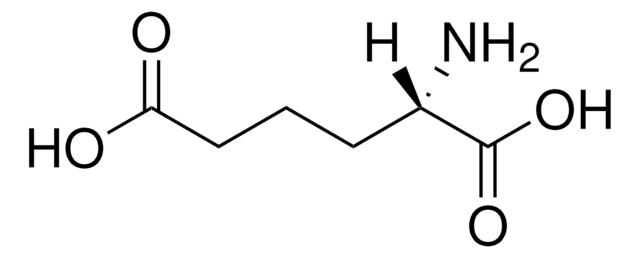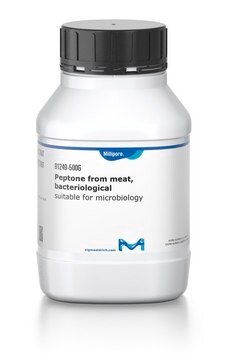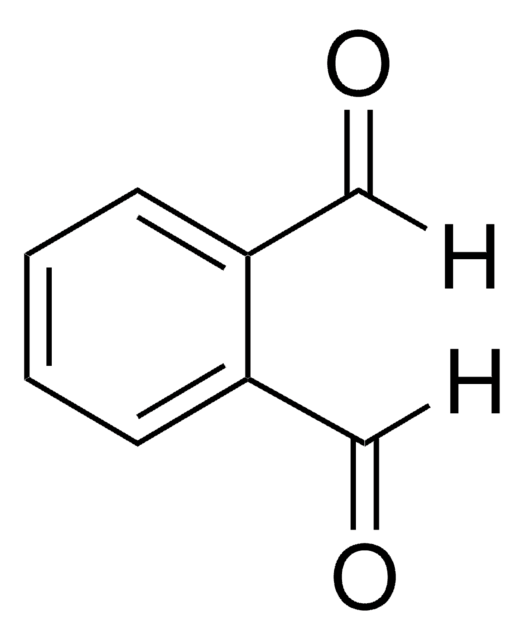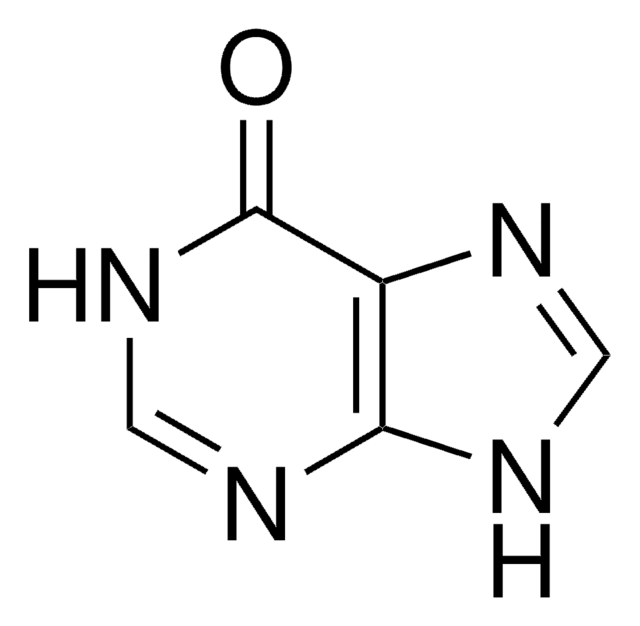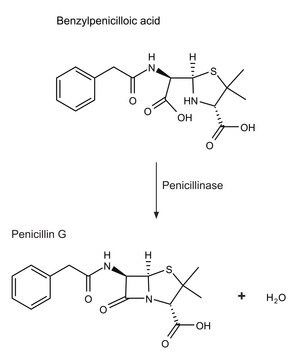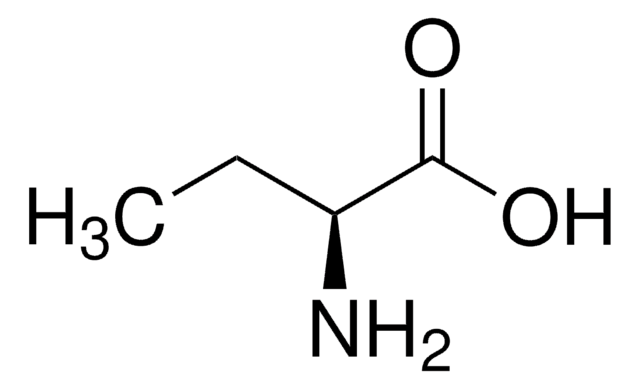A0637
DL-2-Aminoadipic acid
≥99% (TLC), powder, gliotoxic
Synonym(s):
DL-α-Aminoadipic acid
Sign Into View Organizational & Contract Pricing
All Photos(1)
About This Item
Linear Formula:
HO2C(CH2)3CH(NH2)CO2H
CAS Number:
Molecular Weight:
161.16
EC Number:
MDL number:
UNSPSC Code:
12352106
PubChem Substance ID:
NACRES:
NA.32
Recommended Products
Product Name
DL-2-Aminoadipic acid, ≥99%
Quality Level
Assay
≥99%
form
powder
mp
196-198 °C (lit.)
storage temp.
2-8°C
SMILES string
NC(CCCC(O)=O)C(O)=O
InChI
1S/C6H11NO4/c7-4(6(10)11)2-1-3-5(8)9/h4H,1-3,7H2,(H,8,9)(H,10,11)
InChI key
OYIFNHCXNCRBQI-UHFFFAOYSA-N
Gene Information
rat ... Grin2b(24410)
Looking for similar products? Visit Product Comparison Guide
Application
DL-2-Aminoadipic acid (AAA) has been used as an astrotoxin to kill astrocytes that prevent efficient integration of transplanted cells into the retina. It has also been used as a gliotoxin to study the effect of astrocytic swelling on the tortuosity.
Biochem/physiol Actions
DL-2-Aminoadipic acid (AAA) is a six-carbon homolog of glutamate and a gliotoxic compound. It is generally used to considerably reduce the number of astroglia in cerebellar cultures that acts as a model to study the mechanisms of a-aminoadipic acid induced glial toxicity.
Signal Word
Warning
Hazard Statements
Precautionary Statements
Hazard Classifications
Skin Sens. 1
Storage Class Code
11 - Combustible Solids
WGK
WGK 3
Flash Point(F)
Not applicable
Flash Point(C)
Not applicable
Choose from one of the most recent versions:
Already Own This Product?
Find documentation for the products that you have recently purchased in the Document Library.
Customers Also Viewed
Bhagyalaxmi S Ganesh et al.
PloS one, 6(3), e18305-e18305 (2011-04-13)
Reactive gliosis is a hallmark of many retinal neurodegenerative conditions, including glaucoma. Although a majority of studies to date have concentrated on reactive gliosis in the optic nerve head, very few studies have been initiated to investigate the role of
Saadet Mercimek-Mahmutoglu et al.
Pediatrics, 129(5), e1368-e1372 (2012-04-25)
Pyridoxine-dependent epilepsy (PDE) was first described in 1954. The ALDH7A1 gene mutations resulting in α-aminoadipic semialdehyde dehydrogenase deficiency as a cause of PDE was identified only in 2005. Neonatal epileptic encephalopathy is the presenting feature in >50% of patients with
H Bräuner-Osborne et al.
Journal of medicinal chemistry, 39(16), 3188-3194 (1996-08-02)
The homologous series of acidic amino acids, ranging from aspartic acid (1) to 2-aminosuberic acid (5), and the corresponding series of 3-isoxazolol bioisosteres of these amino acids, ranging from (RS)-2-amino-2-(3-hydroxy-5-methylisoxazol-4-yl)acetic acid (AMAA, 6) to (RS)-2-amino-6-(3-hydroxy-5-methylisoxazol-4-yl)hexanoic acid (10), were tested as
Gliotoxin-induced swelling of astrocytes hinders diffusion in brain extracellular space via formation of dead-space microdomains
Sherpa AD, et al.
Glia, 62(7), 1053-1065 (2014)
The toxic effect of sodium glutamate and DL-$\alpha$-aminoadipic acid on rat retina: Changes in high affinity uptake of putative transmitters
Karlsen RL, et al.
Journal of Neurochemistry, 31(4), 1055-1061 (1978)
Our team of scientists has experience in all areas of research including Life Science, Material Science, Chemical Synthesis, Chromatography, Analytical and many others.
Contact Technical Service